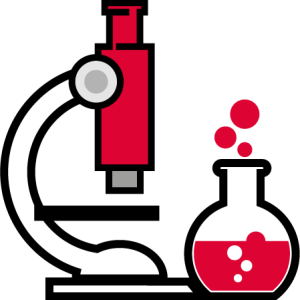To refill or not to refill, this is a question we’ll answer.
If, like a lot of people today, you are looking for sustainable solutions for your drywipe markers, then we have some good news for you. Not only are all Show-me Drywipe Markers refillable, but you may also already have the ink available! And if you don’t, it’s easy to come by and simple to use.
For many years now there has been a debate regarding the ability for a drywipe marker to be refillable, and we are all for it in principle. However, there are more factors in play than just “is it refillable?”.
For those with a thirst for knowledge or who just like to see something cool, then come with us on an exploration of discovery below.
When we look at writing instruments as a group we can see that there have been a good range of refillable/ reusable options over the years.
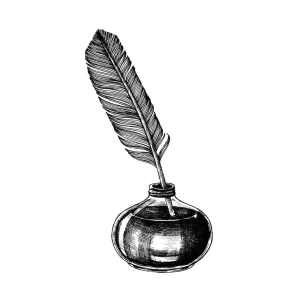
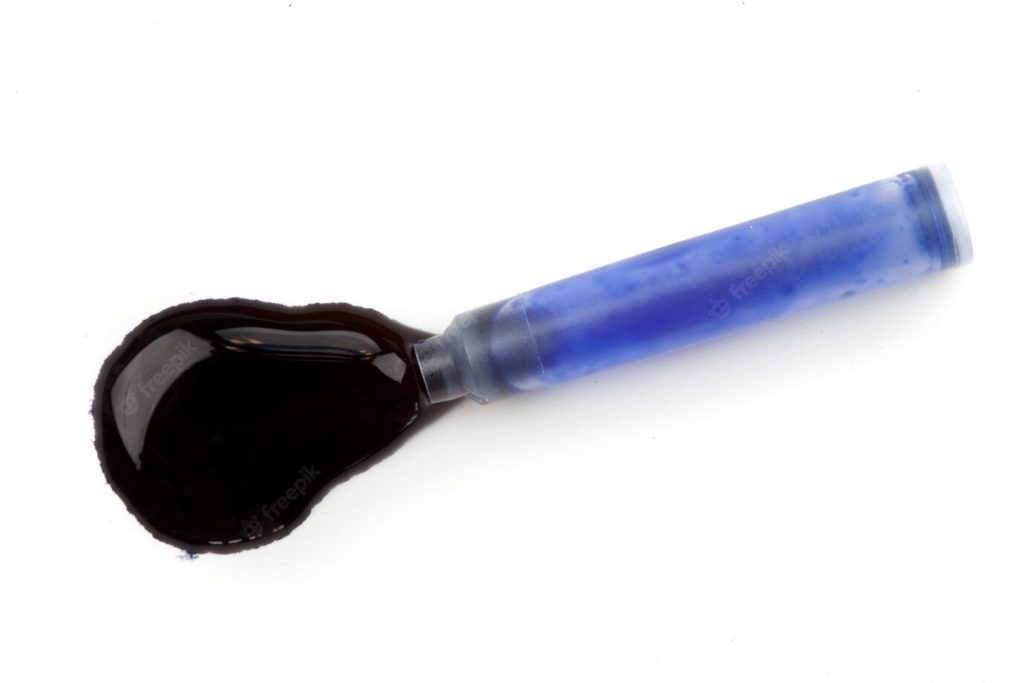
Going all the way back to the quill that used a pot of ink on a writing desk, the quill (feather) was reusable and only used a small amount of ink each stroke, with the liquid ink being close to hand to top up the quill as needed.
If we look at this a case study we can see that there was very little mechanics to the whole process, however there were some big downsides. The main one being, and everyone will agree, that a pot of highly potent ink was easily spilt and hard to remove from table tops or clothing. This, coupled with the quill having an open ‘ink reservoir’, meant that it was very easy to make a mess if you didn’t handle the equipment correctly.
If we jump forwards to the fountain pen, the process was very similar for a while and then adapted to include the ability to ‘suck up’ the ink from a bottle into a reservoir using a button, lever or plunger. This process still had similar drawbacks as the original quill, but much better mechanics.
Fast-forward to the 1980’s when the disposable ink cartridge was added, this made the process a lot easier and cleaner to deal with. Not only was the pen body containing the ink, but the liquid ink was now contained in a cartridge that was sealed before used and only released the ink once inserted into the pen body.
Now these were far from perfect, as the amount of ink covered lips in schools across the country proves. The seal was only a small ball that could quite easily be popped out if the child wished to do so. If, and it’s a BIG IF, the children using the cartridges only used them as intended then the cartridge concept would have been far better than it is.
The children using the pens are the weakest link in the design, and they are still a massive user within schools and should be considered when looking at solutions for refillable drywipe markers.
We are aware of 3 main methods for refilling a drywipe marker, these are:
- A liquid inkwell
- A liquid ink cartridge
- A liquid ink syringe
All of these share the same underlying issue, which is the ability for a child to gain direct access to the liquid ink. However, the method of refilling varies.
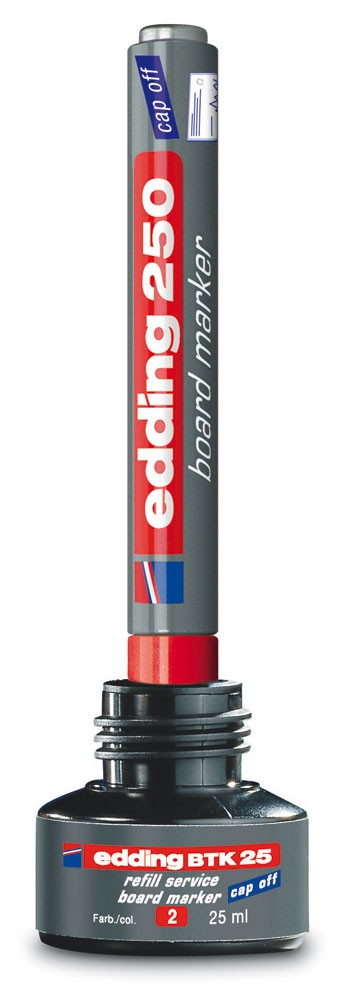
Option 1 – Liquid Inkwell:
This appears to be the most well know solution within office and education, and directly relates back to the early quill days. Essentially, you place a marker nib down into a pot of liquid ink and through capillary action the nib ‘sucks up’ the ink and refills the ink reservoir.
This method has a few challenges. Firstly, you can only refill one pen at a time, and with a refill time starting at 1hour this is the slowest refilling solution. Secondly, it is very easy for a mischievous child to shake the ink out of the pot and cause a lot of staining in the process.
As long as you keep the inkwell away from children and refill one pen at a time, or purchase multiple inkwells, this may be a suitable solution for you.
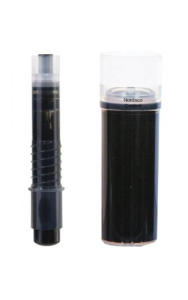
Option 2 – Liquid Ink Cartridge:
It’s easy to see the direct relation to the 1980s ink cartridge and it even has a similar construction. The liquid ink is typically housed and sealed until you insert the cartridge into the pen body, which pierces the seal and allows the ink to flow to a small reservoir where the nib gets its ink from during use.
This method has the same downsides as the original fountain pen ink cartridges as children have very easy access to the ink. But this is the fastest refilling of the 3 options, as it only requires you to replace the ink cartridge to go from 0-100% filled.
If you keep the new cartridges away from children and if your children do not open the pen to access the cartridge, this may be a suitable solution for you.
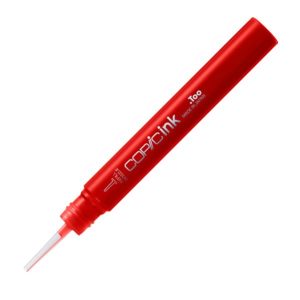
Option 3 – Liquid Ink Syringe:
This option is not the most popular or well-known for drywipe markers that are commonly used in schools, but it could potentially be the best solution. You take the existing nib out of the marker and then refill the marker reservoir with the specially designed syringe (not the type you get injections with) by dropping the correct amount of liquid ink onto the reservoir fibres. This saturates it with new ink. The nib is then reinserted and ready to be used again within a few seconds.
Like with previous options, the downside is that there is a vessel of liquid ink in a squeeze syringe that is easy to get access to. You only need one child to squeeze the vessel and there will be a lot of mess that is very difficult to clean up, especially on clothing.
If you keep the ink syringe away from children, this may be a solution for you.
Even if you do go down the route of refilling, is there any point?
There are many parts of a drywipe markers that need to be working correctly for refilling to be a good option.
The nib has to be in a good condition so that using the pen again makes sense. Out of a recent batch of markers returned as part of our recycling scheme, we could see that only 23% of the pens returned would be suitable for refilling. The others either did not have a nib, were flattened, or had turned into a wide bristle brush. Some manufactures do offer replacement nibs alongside inks, so this may not be of concern to you.
The cap needs to be present as without this refilling would only last a few hours, or for a few days with Show-me Drywipe Markers, but you will still end up with the same unusable fate. We have not seen any manufacturers offer replacement caps, but again this maybe something you consider when looking for refillable options.
The barrel, nib stop and/ or end cap need to be undamaged and sealed because the ink in the reservoir needs to be protected from air, otherwise it will dry out from the inside before use. If your marker has a screw connection for these parts, make sure that they tighten up correctly, or if any of the barrel parts were originally welded and are no longer so, refilling may be counterproductive.
Assuming that you have a well-used but structurally sound drywipe marker and you would like to refill it rather than replace it, you’ll be glad to know that all Show-me Drywipe Markers are refillable. We do not recommend refilling a drywipe marker within schools when the primary user is a child, as we believe that the markers need to be as safe and sealed as possible to avoid any ingestion of the liquid ink, and to protect clothing.
Does refilling actually work?
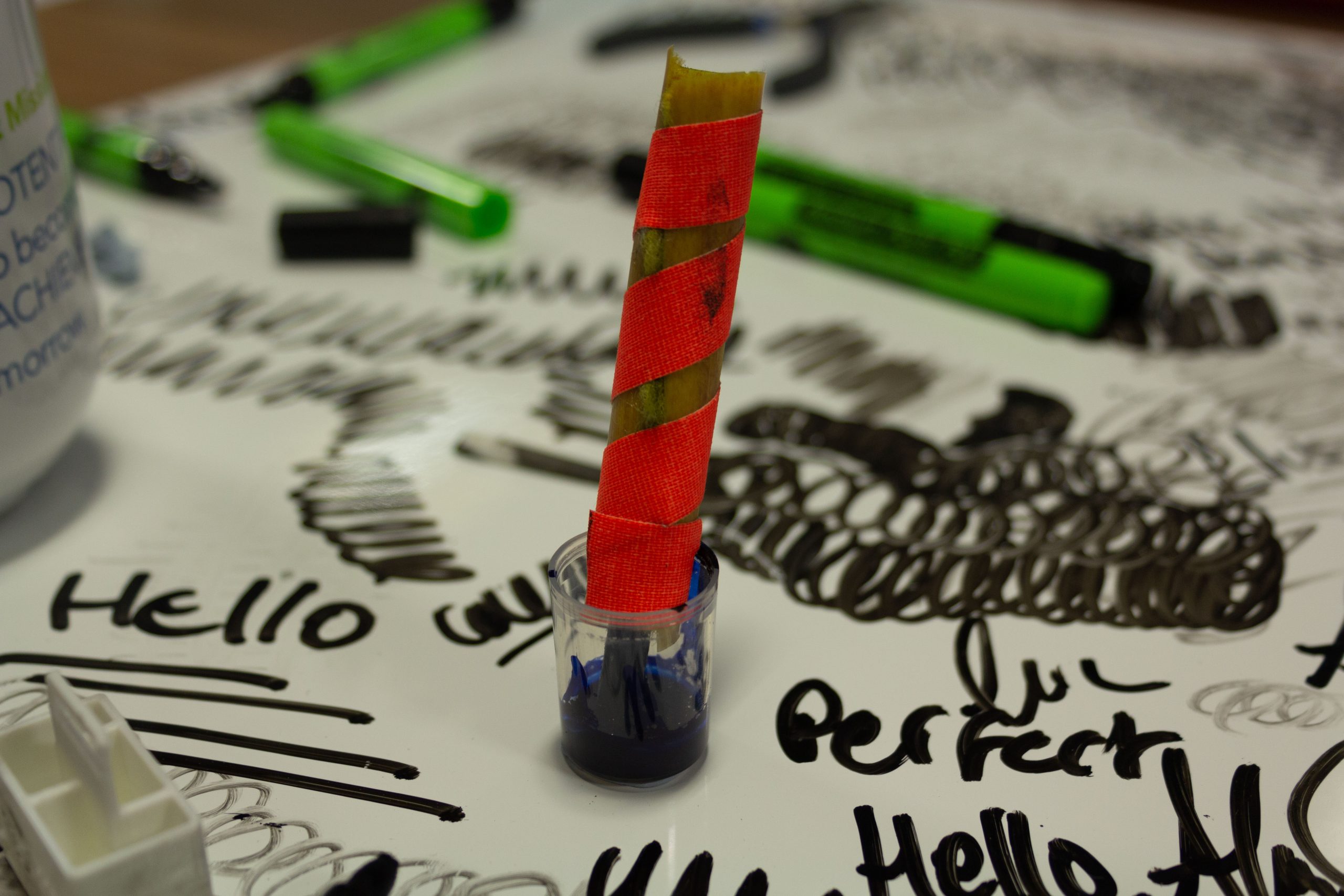
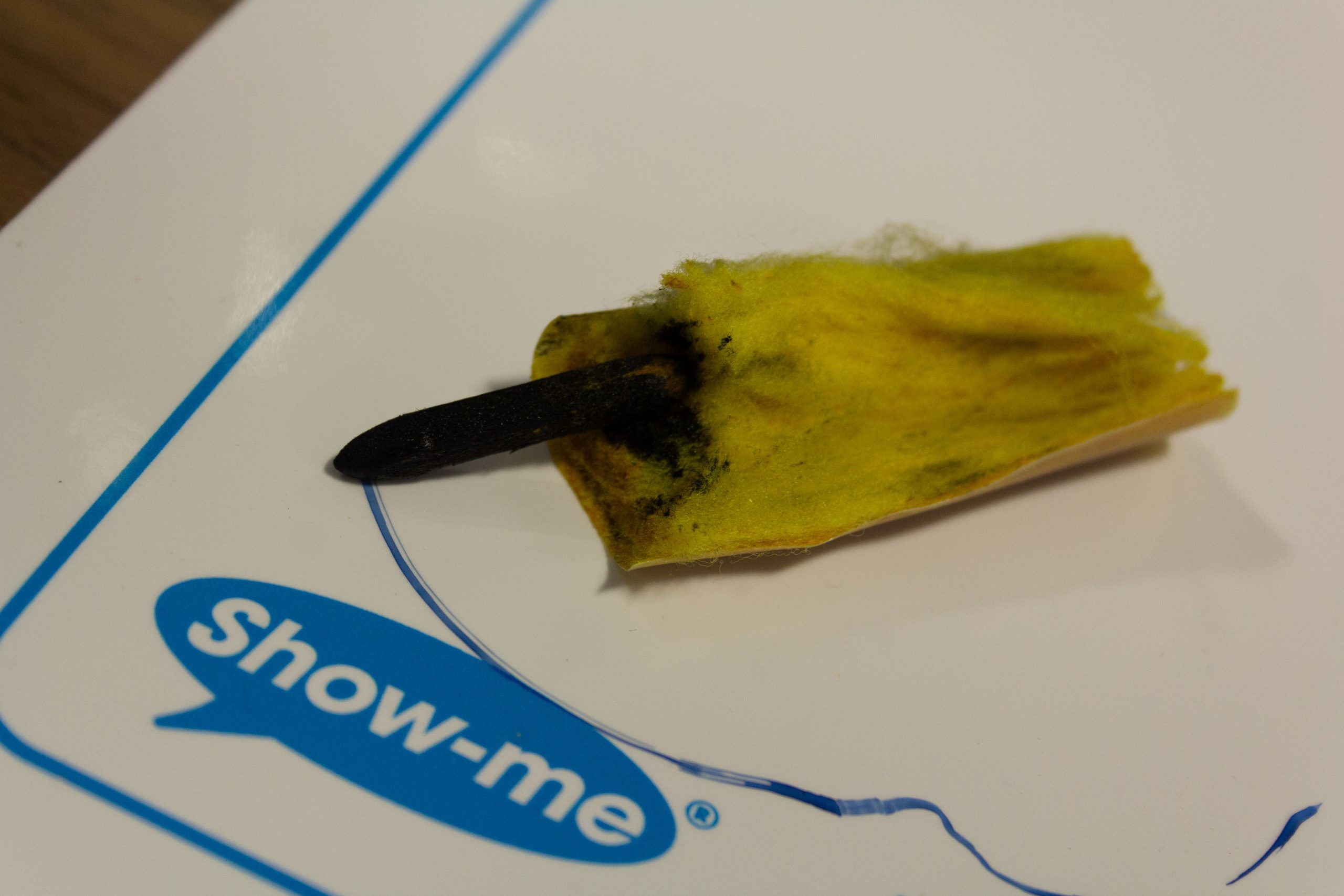
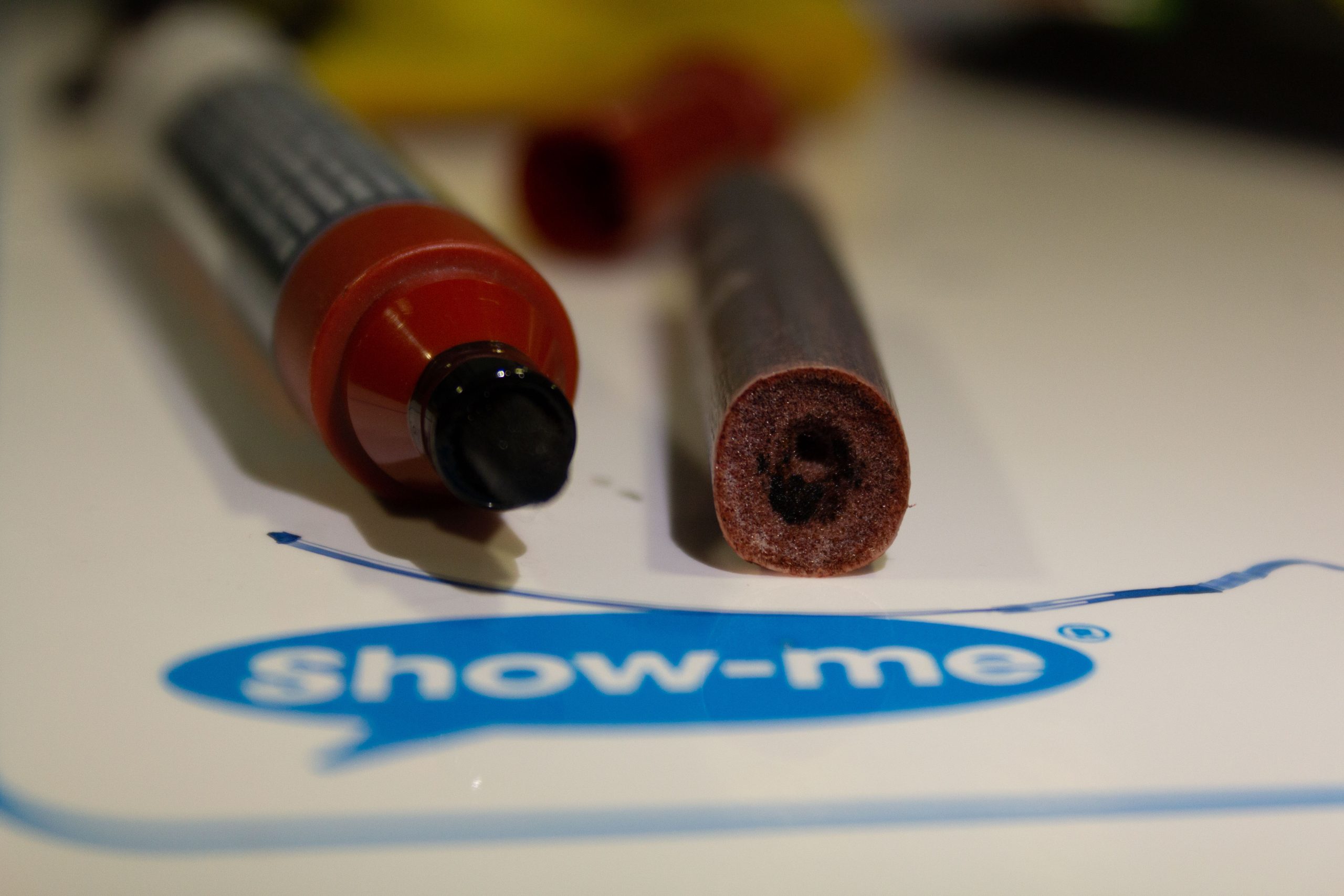
There are some caveats that appear to be missing from the manufacturers’ guidance, such as the length of time the ink can be dried out for, or if any pen can be brought back. As a small test we left these dried out pens in liquid ink for 1 hour, afterwhich we inspected the amount of ink refilled. We found that, although the nib did get saturated, the reservoir did not.
The original yellow ink marker had run out and was unused and left cap off for 1 week. The originally brown marker had not been used since purchase and had been stored for months with the cap on, but the end cap had been broken.
We suspect that, much like other drywipe markers, there is a sweet spot for refilling drywipe markers that use capillary action, rather than the cartridge or syringe. To guarentee that the drywipe marker will refill it best to start the process as soon as you notice the ink fading, or if you are dedicated to the cause, we have a short guide on priming the marker for refilling.
Can all drywipe markers be refilled?
We cannot see any technical reason why the majority of drywipe markers cannot be refilled using one of the options listed. If you use an ink from another manufacturer there may be colour differences as well as performance changes to be aware of. Additionally, it has to be noted that we are not scientists and cannot verify if mixing inks will cause any undesirable affects. For us we have tested the process and have not seen any adverse affects. At the time of posting we are only specifying the black ink however other colours may be available, just be sure that all of our drywipe markers are refillable, you just need the right colour ink.


